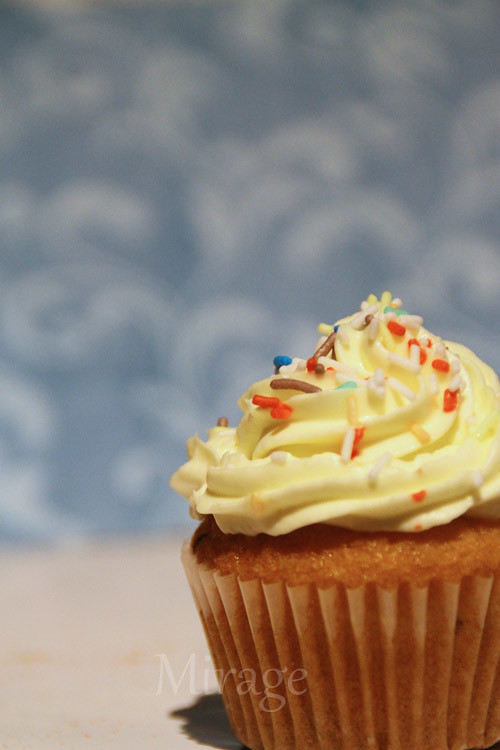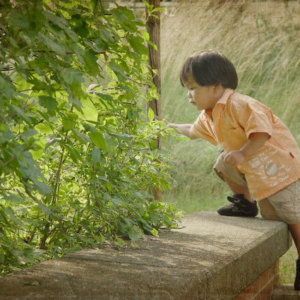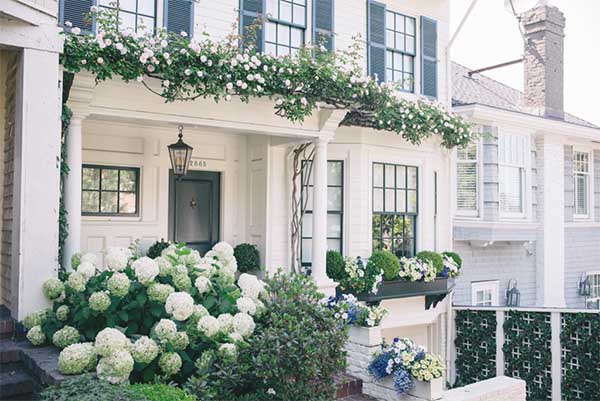Off centered subject in photography basically summarizes the first guide a photographer considers in taking photos; the rule of thirds (click for explanation).
As mentioned in the previous post, anywhere on those dotted lines is where the subject should be…it could be on one or all four of them. Like last time I placed the grid on top of the photo and screened it, see the red dot falls just under the flower which is the sharpest part in the above photo.
Using off-centered subjects in photography is a creative technique that can add interest, depth, and a sense of dynamism to your photos. It’s a departure from placing the subject right in the center of the frame and can lead to more visually engaging and balanced compositions. Here are some reasons why photographers might choose to use off-centered subjects:

- Creating Balance: Placing the subject off-center can help balance the composition. This is often achieved by adhering to the “rule of thirds,” where you divide the frame into thirds both horizontally and vertically, and place the subject at the intersection of these lines. This creates a more harmonious and visually pleasing image.
- Leading Lines: Off-centered subjects can be used in conjunction with leading lines in the frame. Placing the subject along a diagonal or using elements within the scene to guide the viewer’s eye towards the subject can make the composition more dynamic.
- Negative Space: Leaving empty or negative space around an off-centered subject can draw attention to the subject itself. It can also convey a sense of isolation, solitude, or simplicity, depending on the context.
- Adding Depth: An off-centered subject can create a sense of depth in the photograph. By placing the subject in the foreground or mid-ground and leaving some background elements visible, you can provide context and a sense of scale to the image.
- Visual Interest: Centered compositions can sometimes feel static or predictable. Placing the subject off-center can make the viewer engage more actively with the photo, as their eyes explore the entire frame.
- Breaking Symmetry: Breaking away from a perfectly centered subject can be a way to create tension or interest in an otherwise symmetrical or predictable scene.
- Emphasizing Surroundings: If the surroundings or environment play an important role in your photo’s narrative, placing the subject off-center can allow you to showcase these elements while still keeping the subject a significant part of the image.
- Dynamic Composition: Off-centered subjects can create a dynamic and balanced composition, which can be particularly useful in storytelling or capturing moments of action.
- Avoiding Clutter: In some cases, placing the subject off-center can help you avoid clutter or distractions in the background or foreground, leading to a cleaner and more focused composition.
- Creativity and Uniqueness: Experimenting with off-centered subjects is a way to exercise your creative freedom as a photographer. It can lead to unique and unconventional compositions that stand out.
There are no strict rules in photography, and the choice to use an off-centered subject depends on your creative vision and the story you want to convey. While off-centering can be effective, there are also situations where a centered subject may be the best choice. It’s important to consider the context, your artistic goals, and the impact you want to achieve in each specific photograph.

A post for Unique Exposure’s off centered subject challenge.






Leave a Reply